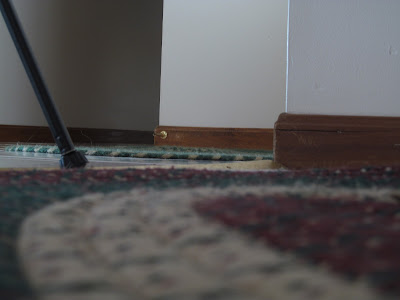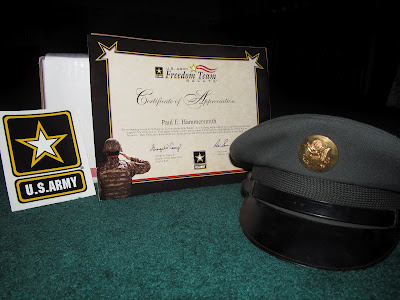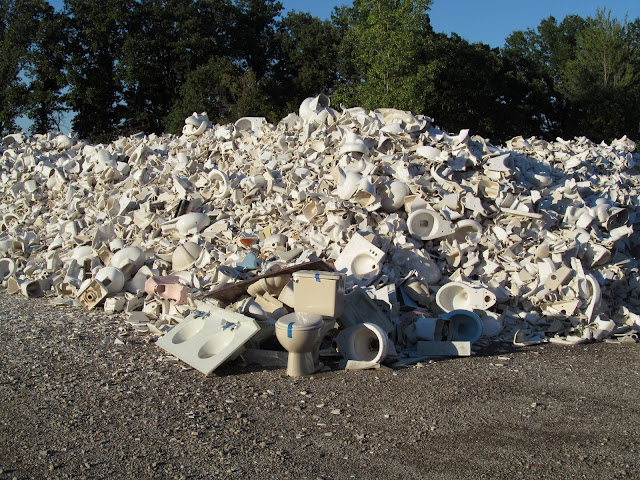In The
Photographer's Eye, John Szarkowski tells of what photography looks like
and why it looks the way it does. He compares photography to paintings and
tells of how they differ. Szarkowski tells of how photography has become
another way to make pictures. However, the two processes of making that picture
is completely different. With painting, the end picture is "made,"
the artist can pick and choose how the final product looks depending on the
skills and attitudes the artist decides to use, but with photographs the end
picture is "taken," the artist could only choose the scene. Because
photography had become easy, something new, and interesting, it was estimated
that three million daguerreotypes were being produced, in 1853. Many people had
learned to use the daguerreotypes and made skilled and sensible photographs,
yet other photographs were made because of accidents.
Painting had
become a thing of the past because it was difficult and expensive, while
photography became easy, cheap, and you could record anything not just
important events. Learning to photograph was not difficult at all. There were
two ways to learn how to photograph back then. One way was to learn from working
with the daguerreotype. By working with it, the photographer could find out
simple ways to eliminate problems that would arise. The second way would be to
learn from other photographers who already knew much about the daguerreotype.
While learning and
working with the daguerreotype, the problems that the photographers had to
overcome were “The Thing Itself,” detail, frame, time, and vantage point. “The
Thing Itself” and detail go hand in hand. They both tell of how photography was
to be considered to be the truth. When taking a picture, the photographer could
only document what was there and couldn’t add anything to the picture. Most people
back then were used to being able to insert wanted objects into the scene,
however, with photography they had to learn that what you see is what you get. That
is why photography was such a great aid in the wars, photos told the truth,
real story of what was happening in the war. The issue with the frame was that
the daguerreotype could only get so much into the picture. The photographer had
to pick and choose what he was going to have in the photo and what he was going
to get rid of, it forced him to make decisions. Time, another issue, dealt with
how long it took to take a picture. If the subject moved at any point in time,
the photography would come out to be blurry or a person could have extra limbs.
Lastly, the final issue Szarkowski tells us about is vantage point. Using
different vantage points helps the audience look at scenes from different viewpoints,
but are still able to see the story behind the photograph.
I believe Szarkowski does a
great job in helping people learn about the development and growth of
photography. He is able to teach both about the history of photography but also
helps teach about how to make a good photo today.











